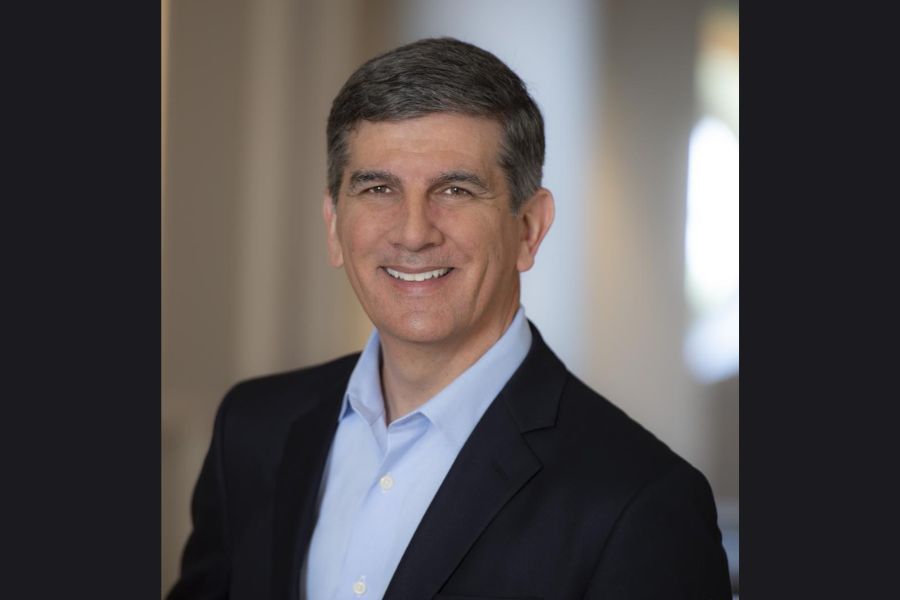Passive becomes the new active
With millions of indexes out there, a passive fund manager's choice of an index is an active decision.
Passive has gotten so large that it’s killed everything in its path — including itself. Welcome to the “passive singularity.”
There are now so many indexes that putting your money in an index-tracking fund is a move requiring an active decision, according to researchers at Sanford C Bernstein & Co. The industry’s growth has even forced active managers to focus on selecting indexes themselves — be that to invest in, or to benchmark against.
“Ultimately, this brings us to a bigger point, which is that there is, really, no such thing as passive investing,” the quantitative research team headed by Inigo Fraser-Jenkins wrote in a note this week. “This does not mean that people give up on buying cheap exposure to markets, but instead that the active-passive distinction breaks down.”
It’s the latest broadside from Bernstein’s team, which in 2016 labeled passive investing “worse than Marxism.” Investors so far aren’t paying heed: Passive mutual funds and exchange-traded funds absorbed $692 billion last year, compared to $45 billion in outflows for active funds, according to data compiled by Bloomberg Intelligence.
The Bernstein strategists base their conclusions around the millions of indexes in existence, which far surpass the number of single securities. Do a little math and the madness is clear: With 3,000 easily investible stocks, the number of possible combinations to turn into an index is a Googol (that number, written out, would be 1 followed by 100 zeros.)
Sorting through it all means that no passive manager can truly be passive — allocating to indexes will always require a discretionary decision at some level, the researchers argue.
To cope with this abundance of indexes, many ETF shops have turned to model portfolios and robo-advisers to aid clients with asset allocation, according to Andrew Craswell, vice president of investor services at Brown Brothers Harriman & Co. in London.
“We continue to see even traditional active managers using passive holdings in their portfolios either as some sort of tactical or long-term asset allocation decision,” Mr. Craswell said. “The active and passive divide is certainly blurring.”
Fighting for Trust
With nearly half of equity assets managed passively in the U.S., there’s no sign that investors will stop gravitating toward cheaper, index-tracking products. Bernstein’s new research wrestles with a world where passive is larger than ever, and active managers have to fight for the trust of their clients. The team concedes that “passive investing has been a great force for democratizing access to capital markets and reducing the costs to society of managing assets.”
But a massive bull market rally across equities and debt markets has left many investors blind to the risks, which smart asset allocation can help to mitigate, Bernstein said.
“By all means, investors should save money on implementation by using passive vehicles as part of their allocation,” the strategists wrote. “But the myth of purely passive investment will be exposed by a low-return world.”
Learn more about reprints and licensing for this article.








